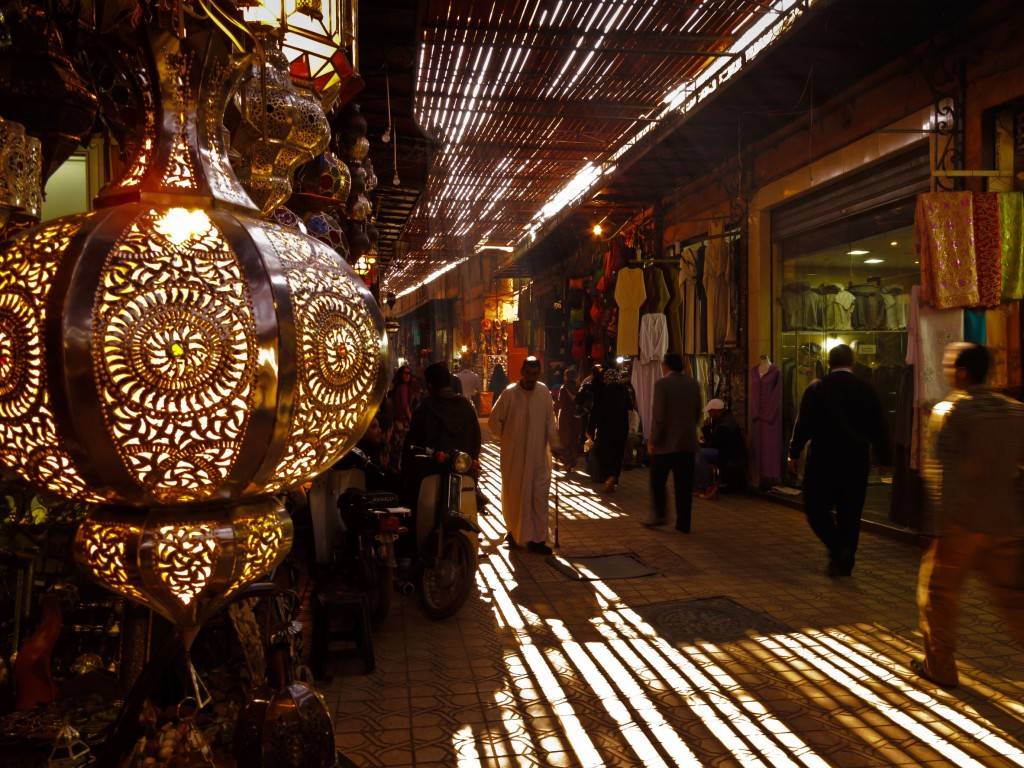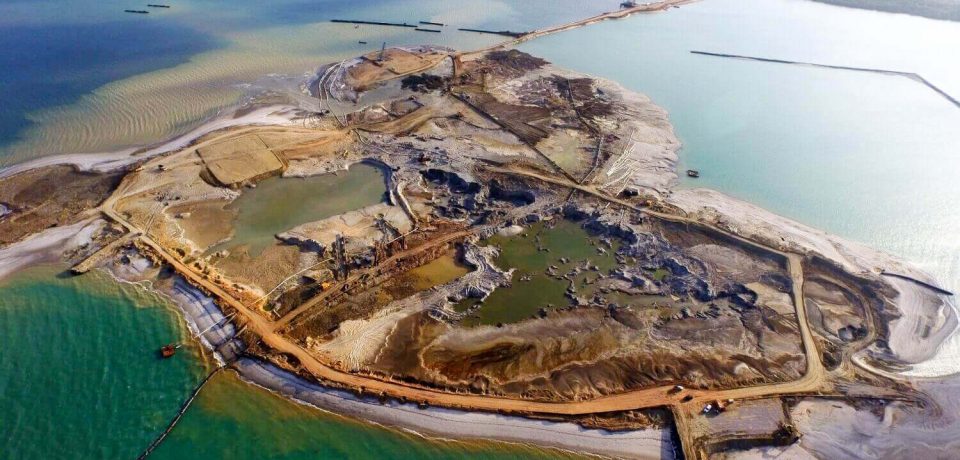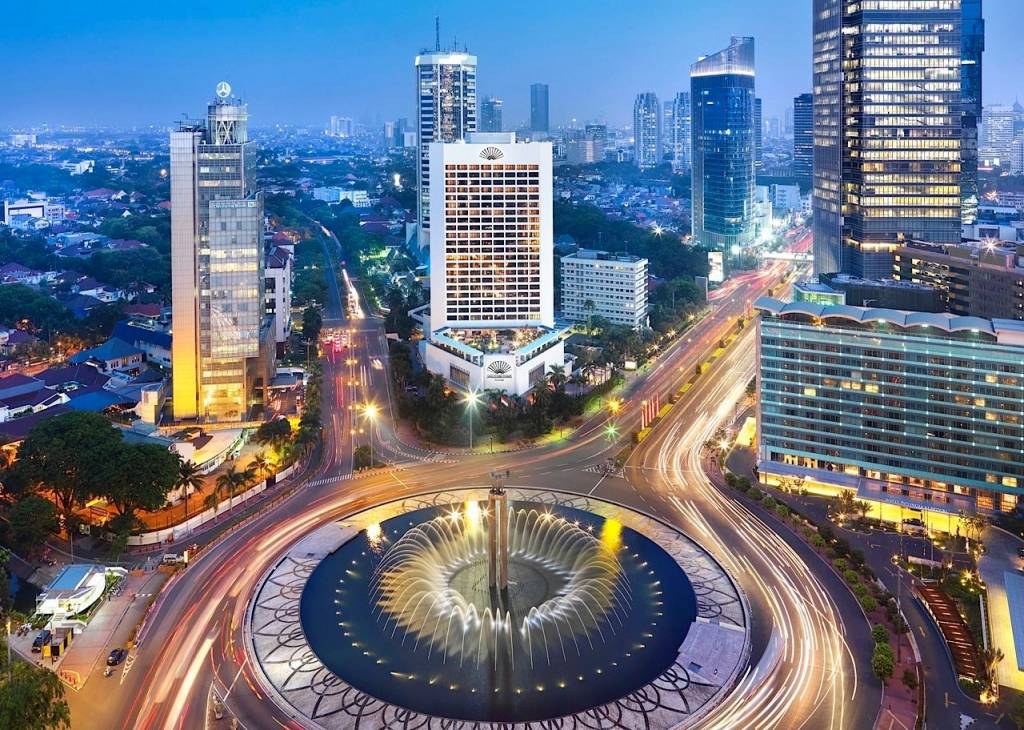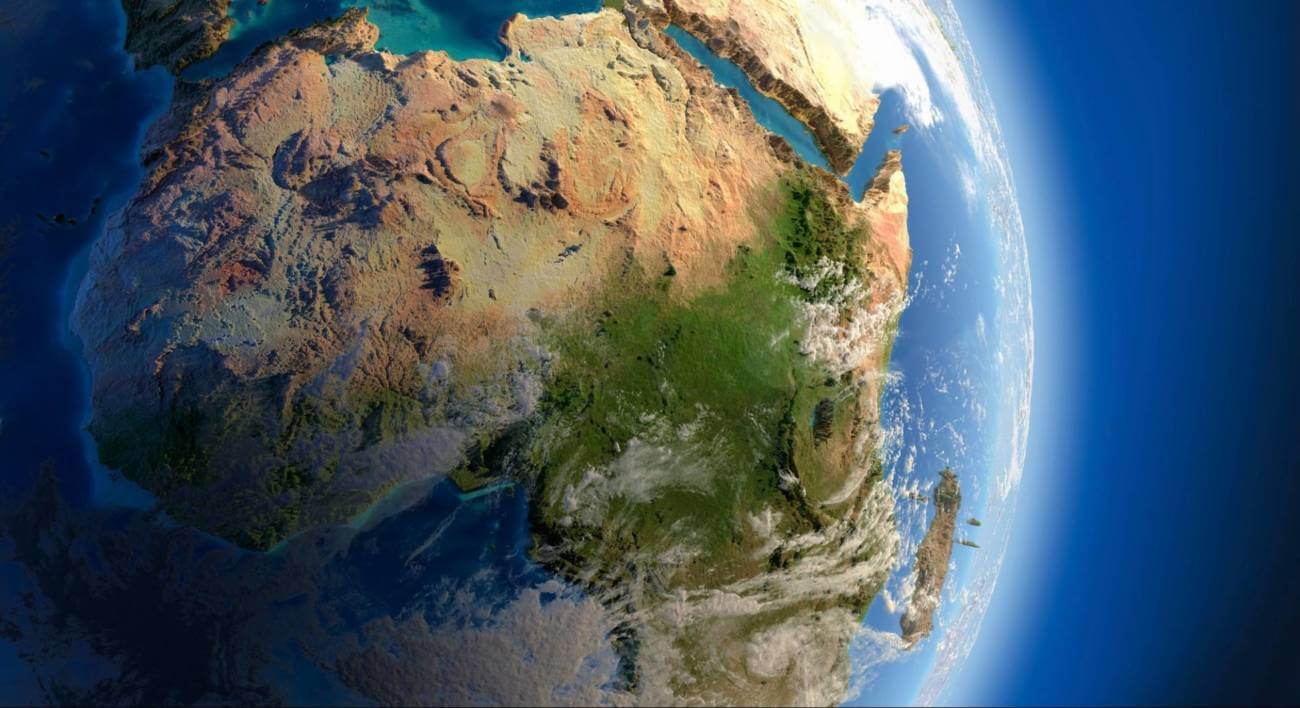TFG spoke to Robert Besseling, a partner at ExxAfrica, about the state of political, economics and growth in Africa. ExxAfrica is a bespoke advisory business that analyses and forecasts political security and economic risk across all of Africa.
Political and Economic Risk Landscape in Africa

What regions in Africa are earmarked for growth?
In terms of regions and growth over the past few years, there has certainly been a spike in two key regions of Africa. Anglophone East African nations such as Kenya, Tanzania, Uganda and Ethiopia have shown tremendous growth. Ethiopia, with the second highest population in Africa, was last year’s fastest growing economy according to the World Bank, as well as Africa’s fastest growing economy. In the Francophone West African regions, countries such as the Ivory Coast, Senegal, Burkina Faso and Benin have experienced growth too.
But this pattern has slowly changed over the past few months, with growth now picking up in Northern Africa; Egypt and Morocco. New excitement has also picked up in the Southern regions; Angola and South Africa.
Growth and excitement in most of these countries have been driven by either geopolitical macro factors such as a change in the commodity prices outlook or by a shift in the political risk outlook and new governance.
In Zambia and Nigeria, we’ve seen a recovery in the economy, driven by increased oil and metal prices, whilst in South Africa, Angola and Zimbabwe, the political risk outlook has shifted towards higher certainty and stability in the past year or so. For investors, the rhetoric has changed towards opening up foreign investment, which has helped the economies where government structures have changed.

Of the 54 countries, where are you seeing optimism and why is this so?
Building on the above question, there has been much more optimism in the developed larger economies in Africa which have remained fairly stagnant in terms of growth with the overhanging recession over the past four or five years.
South Africa is the most developed country in Africa, with the second largest GDP, and a change in government towards the end of last year and the beginning of 2018 has essentially changed the rhetoric towards foreign investments, as well as governments cracking down on corruption. This has also led to improved relationships between investors, World Development Banks, and the South African Government, although the positive recovery might not be realised until next year’s elections in mid-2019 where we will see a more noticeable improvement in optimism and outlook.
Another market of optimism in Africa is Angola, where the government has changed hands and oil prices have increased, leading to a strengthening of the local currency, increased inward investment and more economic excitement. A reformed agenda under President Lourenco’s leadership is still at its early stages, but the government is actively working with the IMF to improve governance and reduce corruption, resulting in the IMF now saying that Angola no longer needs IMF financial resources, instead supported by the Policy Coordination Instrument (PCI).
One other country of notable excitement is Zimbabwe. Zimbabwe has been shunned by investors for many years now but has seen some optimism recently, albeit off a low base. Investment into Zimbabwe has historically been very low, but the change in government has opened up the country to foreign investment. The elections coming up in Zimbabwe next Monday will be a key barometer for the country’s outlook and will allow investors to engage with Zimbabwe.
In Africa, the pockets of growth are coming out of those whose economies are dependent on commodity prices which have seen an upturn recently, as well as those who have seen government reform, attracting investment and growing in terms of GDP.
Why is investment so difficult to seek in Africa, and are investors warming up to Africa?
The usual suspects come into play when it comes to challenges and barriers of foreign investment into Africa. Factors including cumbersome regulatory environments, low rankings on the World Bank’s ‘Doing Business Index’ and corruption are the root causes of investment challenges in Africa.
We’ve seen the high-profile crackdown on corruption in Kenya and in South Africa recently, although these are often politically motivated and not necessarily addressing the root cause of the problem.
Resource nationalism is also an issue. Where foreign investment and commodity prices have improved, governments have been seen to reverting their business-friendly policies, reverting to nationalist and populist reforms which are no longer pro-business / pro-trade. Tanzania is a good example of this, attracting significant foreign investment into metals and mining industries, as well as infrastructure. But over the past two years, the government changed its tact and has introduced far more cumbersome regulations when dealing with investors, as well as using tax authorities in an arbitrary fashion to frustrate contracts and look at short-term quick wins to obtain cash. Is this history repeating itself? Maybe, although investors might not take these changes lightly, given the rise of newer African nations now competing for foreign investment, less the resource nationalism.
East Africa has seen a huge increase in funding and infrastructure growth – what’s driving this?
China is key to this question. China’s strategic investment into infrastructure and other projects is no secret, and this is because East Africa is one of the fastest growing regions where countries and states work together as a combined economic community which is an intertwined and interlinked landmass close to ports on the Indian ocean. The interconnected intra-regional network offers diverse trade routes: rife for investment into roads, railways, pipes and ports, which is exactly what China has been building as part of the One Belt One Road (OBOR) project. In East Africa, the proliferation of financial institutions such as the World Bank and other state and development banks are now keen to engage with commercial banks and the private sector to support projects in the region.
But why Kenya? China has focused on countries which have been otherwise neglected by other foreign investors. The higher risk outlook China has in terms of the balance of payments and foreign exchange volatility has now shifted in terms of strategy; China has the opportunity to go beyond those markets and look at safer markets with stronger credit. With more choice, China is less willing to deal with high-risk countries, and now that Tanzania is attracting huge foreign investment, it’s moving to markets such as Kenya. The infamous railway line from Mombasa to Nairobi and then on to the Rift Valley through Rwanda and on to Uganda is entirely funded by China. This standard gauge railway line is one of many Chinese funded and coordinated projects which help bolster trade and gain a foothold in these markets.

Another project of interest is the Lamu South Sudan Ethiopia Transport (LAPSSET) corridor, a $23bn decade-long project which includes the building of pipelines, railway lines and even a deep-sea port. The single biggest investment opportunity in the East African region, this project is transforming the fishing city of Lamu into a deep-sea port, boosting the population from 100,000 to 1,000,000 in just a few years. The roads, pipeline and infrastructure will then expand into Central Africa, making up a huge proportion of Vision 2030.
Why China? Historically China stuck with countries which lacked foreign investment, such as Ethiopia, Sudan and Angola. These countries struggled with debt financing, credit lines and foreign investment, and so for decades, had a prominent role from China. Now, these countries want to play off foreign investment from the Western hemisphere, and China is instead looking at less risky markets such as Kenya for their investment. At the same time, countries like Ethiopia are facing a very severe foreign exchange shortage and the Chinese government is not renewing the credit lines that have supported the Ethiopian economy for generations. Angola has seen a similar problem in terms of issues with debt repayment and foreign exchange instability, thus receiving less and less investment from China, opening up other investment opportunities such as in Kenya.
Is new legislation driven by politics or commercial changes?
A bit of both. The trends that we are seeing are around an improvement in political certainty and the geopolitical risk outlook in countries such as South Africa, Ethiopia and Angola. Secondly, there are commercial changes driven by global commodity price outlooks. Larger economies in Africa are dependent on oil and metal prices which the commercial driver of new regulations.
What impact are the Nigerian elections having on the economy?
The Nigerian economy has recovered somewhat from a poor period of the recession in 2016, but its growth remains sluggish. That’s because of the government is unwilling to implement the necessary measures in improving the Nigerian economy. The unification of foreign exchange mechanisms (of which there are currently six currencies) is very unworkable, prone to corruption and not stable. There are also issues around incentivising investors, and the banking sector faces significant issues around capital control and repayments. These issues are coupled with a lack of control of security in Nigeria, such as the new insurgency in the Niger Delta, and ethnic militancy in the middle belt of Nigeria; disrupting business and the outlook of Nigeria.
At the same time everyone is gearing up for the Nigerian elections in February, the opposition is gaining popularity, and high-profile former presidents and godfathers are shifting their funding and patronage to the opposition. Alongside this, the current party are a strongly entrenched incumbent who is using this power to attempt to win a second term in government. The two sides are so divergent from one another in terms of rhetoric for economic policy, and this lack of clear stability makes investment hard. Anything can happen in February’s elections, and this has made foreign investors shy away from long-term investments, issuing new debt or longer-term capital, putting strain and impacting the political system and political / credit certainty.

We see advances and prospect in smaller economies such as Benin, Burundi and Mauritania – what’s happening here?
Benin is a tiny country lying West of Nigeria. But because of its excellent financial management and cost control, as well as having a strong foothold in the cotton industry, the country is booming. With a population of just over 10m, President Patrice Talon is a well-respected businessman in the international banking and finance community, helping drive Benin through a period of positive change and economic growth.
Other countries attracting significant amounts of attention include those that have historically faced security issues, but as conflicts run out and as wars stop or terrorism ceases, the economies prosper. Burundi is an example of this; historically stuck in ethnic conflict, the subsistence of violence here has led to a moderate recovery in their small economy.
Mauritania, one of the larger countries in Africa yet a tiny economy has been doing well off the back of iron ore and gold price improvements and is facing a boom in the economy due to exporting of natural gas.
There are several countries and markets in Africa which have seen huge booms and excitement in terms of growth, all driven by changes in the political landscape, as well as geopolitical or macroeconomic drivers which have influenced investment.























